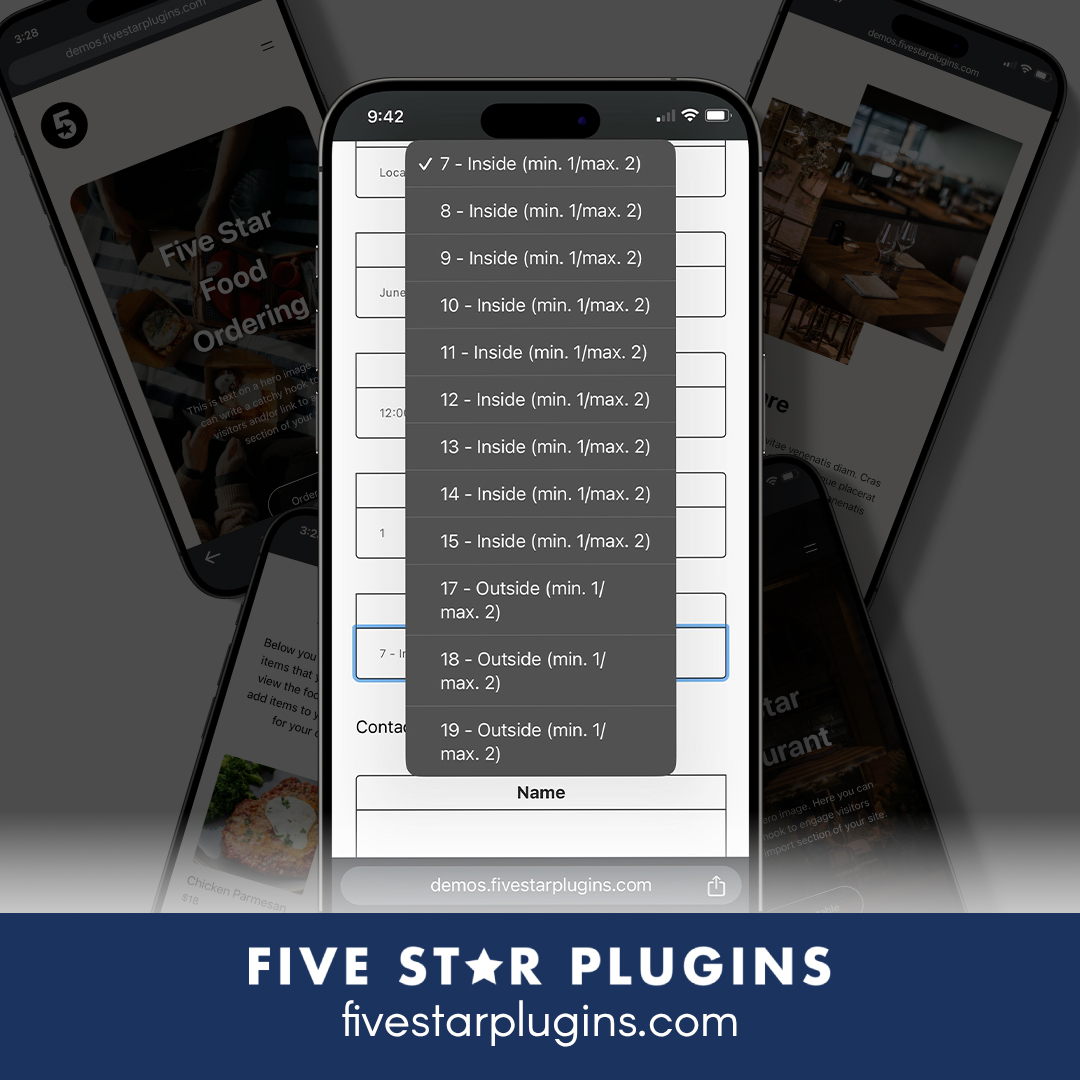How to make sure your restaurant emails are delivered every time
Email providers are making it harder and harder to reliably deliver email to your customers. As they increase their efforts to combat spam, more important emails are getting blocked than ever before.
This can cause problems for restaurants if you use email to communicate with diners making reservations on your website. You need to be confident that your diner knows when you’ve confirmed or rejected a booking.
Last year I outlined all the reasons why email delivery can fail and recommended using Mandrill to send email from your WordPress site more reliably.
Unfortunately, Mandrill made changes to its pricing structure which makes it unaffordable for many small restaurants. At Theme of the Crop I’ve switched to using Postmark and I’ve been pleased with the results.
In this post I’ll tell you a bit about the service and how you can get set up.
Affordable pricing for small businesses
Postmark offers a generous 25,000 free emails up front. This gives you plenty of time for testing and may keep the service free for years for many small restaurants. After that, it’s a reasonable $1.50 for 1,000 emails, which should keep the service affordable for restaurants of any size.
Setting up the service for your WordPress site
There’s an official Postmark plugin for WordPress which makes it easy to connect your Postmark account to your WordPress site. This will automatically take over any of the emails your WordPress site is sending from your server and route them through Postmark’s server.
To improve your delivery rates, though, you’ll need to undertake a few configuration tasks which can prove challenging for non-technical users.
SPF and DKIM records
As email providers develop new tools to combat spam, they are asking email senders to provide better verification techniques so that a recipient can be confident that an email truly comes from the sender it claims to come from.
SPF and DKIM records are two techniques that email providers use for this verification. To set them up, you’ll have to create DNS records which tell the email providers who is allowed to send email from your domain name.
Handling your domain’s DNS records
Depending on how you purchased your domain name, you may not know what a DNS record is or what it’s for. If that’s the case, you should contact your web host for help. They will have provided nameservers which point your domain name to the server where your website exists, and may have even set this all up for you.
If your web host has done this for you, then you should take a look at Postmark’s guide on how to add DKIM and SPF records to GoDaddy. Even if you’re not using GoDaddy, or you have no idea what you’re doing, you can follow the instructions in that guide and contact your own web host instead of GoDaddy for help adding the records.
If you manage your own DNS records, Postmark has a helpful guide on adding DKIM and SPF records to DigitalOcean. This guide is easy to re-purpose regardless of your hosting setup, whether you’re using Namecheap or another service to manage your domain.
If you want more technical information, Postmark has general guides on SPF and DKIM.
Completely lost?
If you’re completely lost, I’d recommend you reach out to your web developer or web host for further help. Ensuring reliable email delivery from your website can be a challenging task, but it’s very important.
It’s even more valuable if you’re taking restaurant reservations online. You may need to pay for some assistance to get it set up right, but it will be well worth it when you no longer have grumpy customers that never heard back when they made a booking request.



